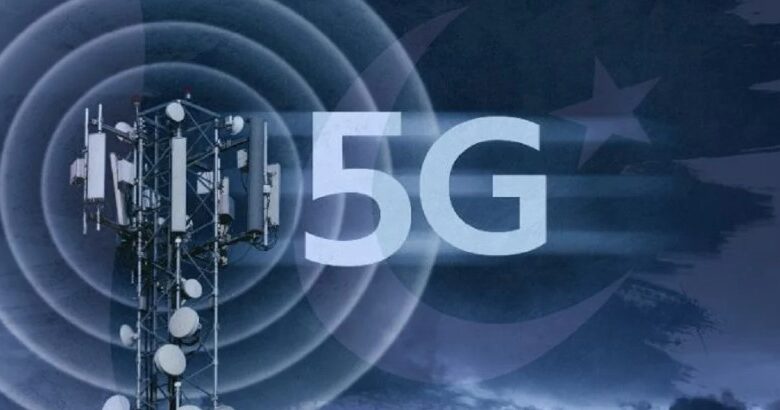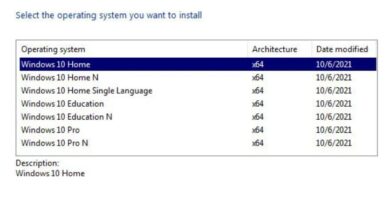
5G in Pakistan Promise vs Reality
During the Mobile Phone Summit in Islamabad, the Federal Minister for IT and Telecom, Dr. Umar Saif, discussed the upcoming 5G auction this year and specifically mentioned the opening of the 300 MHz spectrum for this purpose. Nevertheless, our telecommunications service providers have failed to deliver adequate network coverage in numerous places around the country.
Being a Pakistani resident who has lately gone to various cities, I can confidently state that the telecom companies in Pakistan are in dire need of significant reform. There are locations nearby where you may not receive any cellular coverage for voice calls or text messages. An example of such a location is Adhore, situated in the Mansehra district. Additional locations with abysmal network quality include Mardan, Swabi, Nowshera, Charsadda, and so on.
5G in Pakistan Promise vs Reality
Furthermore, there are several areas along the M1 motorway, such as around the Jhari Kass junction, where network service for voice calls and texts is completely absent. Even in the capital city of Islamabad, there are areas where mobile internet speed is substandard, which is even more surprising.
From our perspective, the primary factor contributing to the substandard performance of telecommunications companies is the imbalance between the large number of customers and the limited number of base transceiver stations (BTS). According to top industry experts, the capacity of GSM BTS (Base Transceiver Station) varies depending on the technology used. A solitary 2G base transceiver station (BTS) is capable of accommodating numerous to hundreds of voice conversations and a restricted amount of data. 3G has a higher capacity for accommodating customers and provides faster data transmission rates. A 4G Base Transceiver Station (BTS) can accommodate a substantial number of users, ranging from hundreds to over a thousand while providing faster data transmission speeds. A 5G Base Transceiver Station (BTS) can simultaneously service thousands of users.
Learn More About NAYAB THE FILM’S PREMIERE NIGHT OPENS
Additionally, the real capacity is contingent upon variables such as spectrum allocation and network architecture, primarily requiring the deployment of numerous BTSs to achieve optimal network coverage and capacity. Conversely, when a single Base Transceiver Station (BTS) is tasked with serving a large number of User Equipments (UEs), it might experience overload, resulting in performance degradation, reduced data speeds, dropped calls, and diminished service quality for users.



